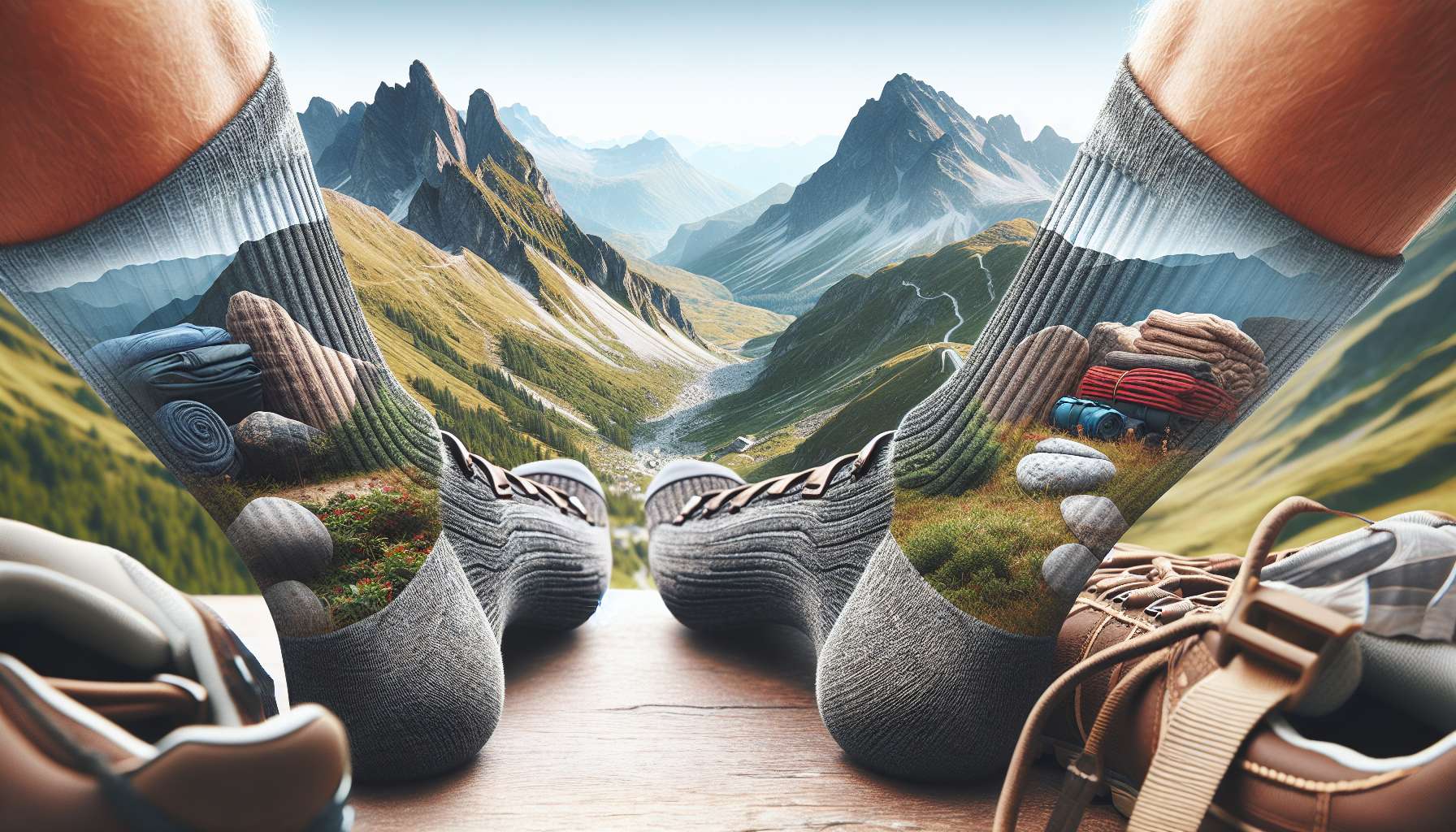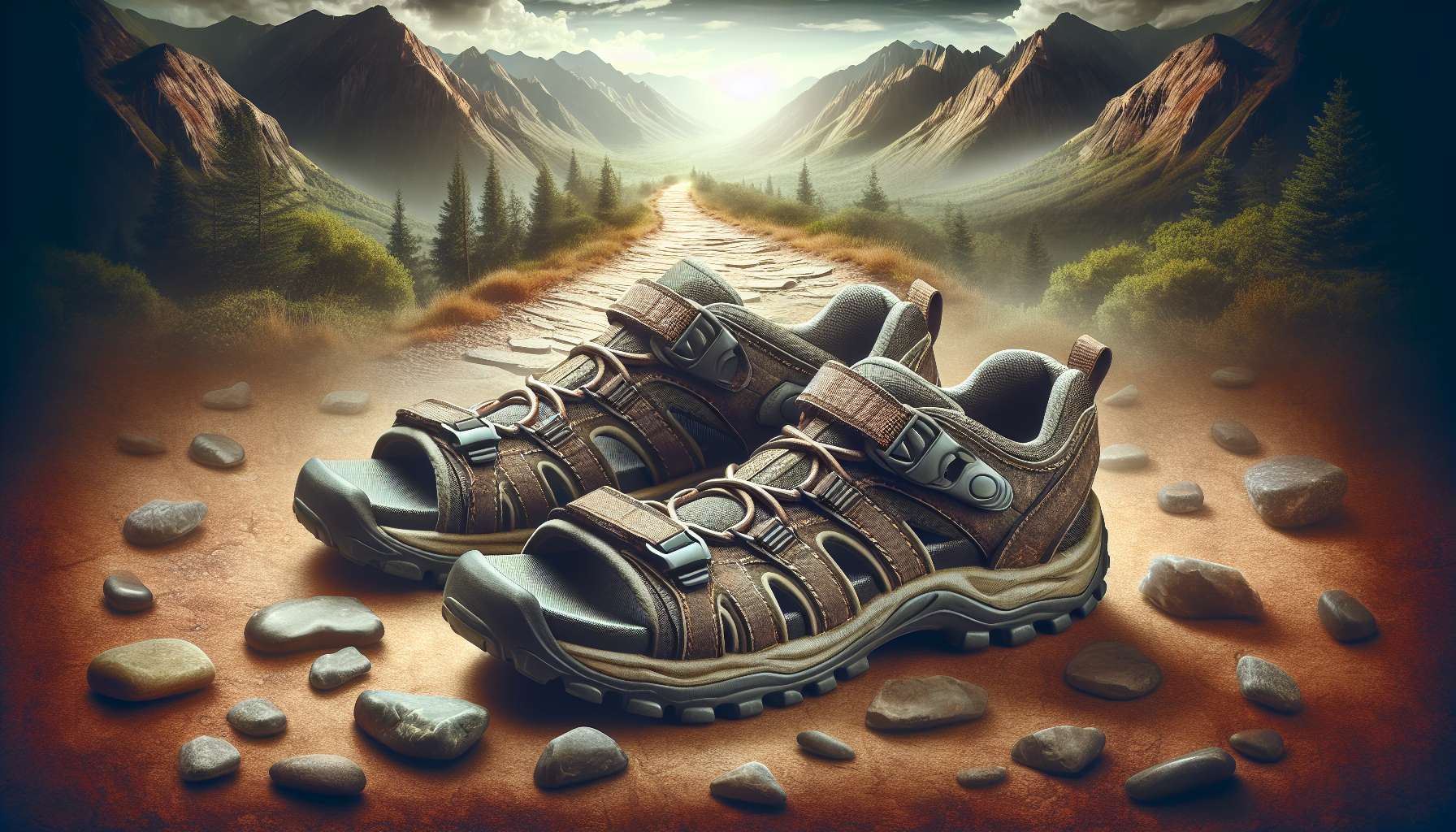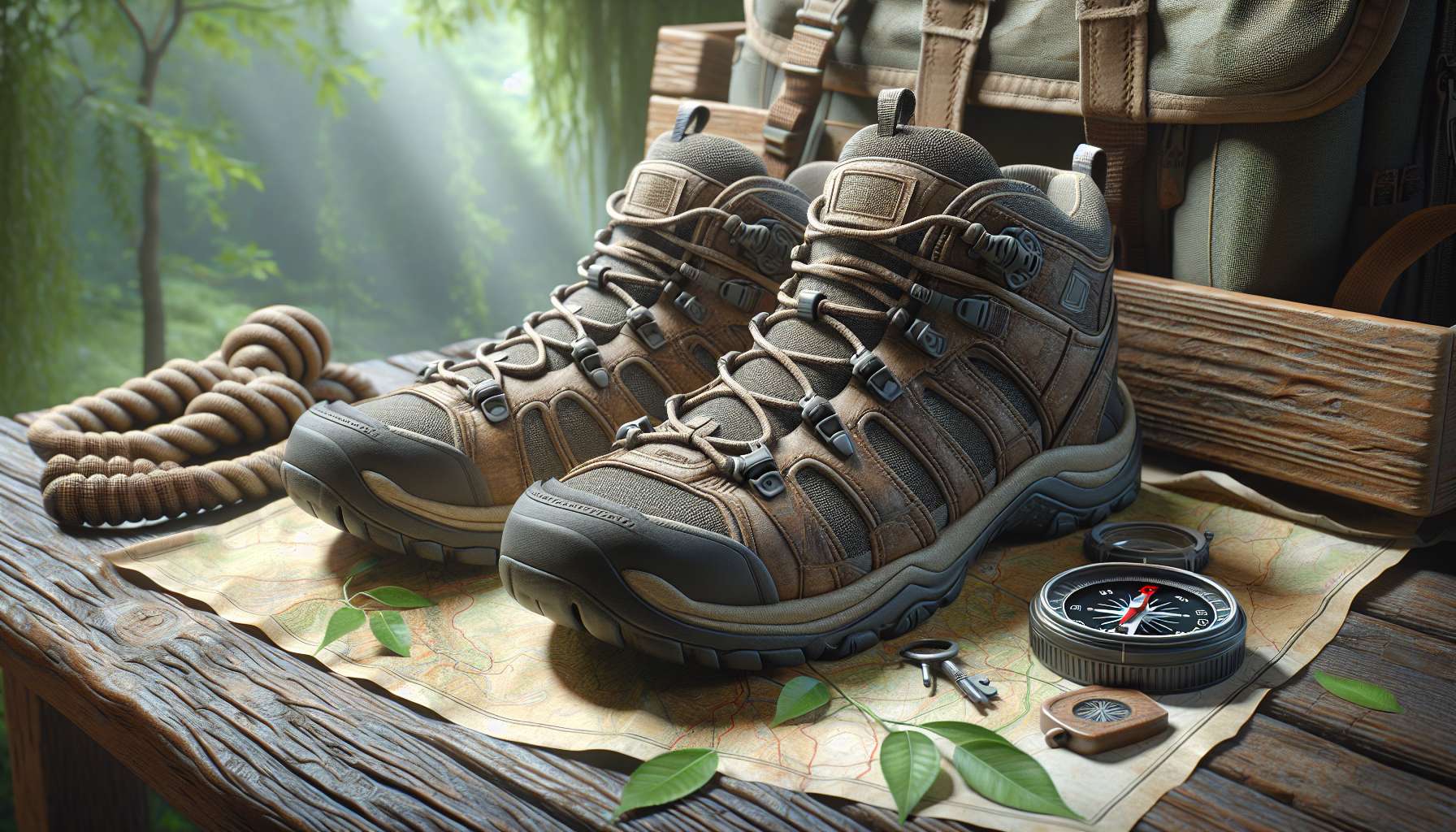Crampons: A Comprehensive Guide to Understanding This Crucial Mountaineering Gear
When it comes to navigating treacherous icy terrain or scaling vertical ice walls, having the right equipment can mean the difference between a successful climb and a hazardous endeavor. One piece of gear that has been essential for mountaineers, ice climbers, and alpinists for decades is the humble crampon. These metal spikes that attach to the soles of boots provide much-needed traction on slippery surfaces, allowing outdoor enthusiasts to conquer challenging landscapes with confidence. In this comprehensive guide, we will delve into the world of crampons, exploring their history, design, uses, and significance in the realm of mountaineering and ice climbing.
The Evolution of Crampons: From Ancient Origins to Modern Innovation
The concept of crampons dates back centuries, with early iterations made from materials like wood and animal bones. The need for improved traction in snowy and icy conditions led to the development of metal spikes affixed to footwear. In the late 19th and early 20th centuries, crampons underwent significant advancements, with the introduction of adjustable designs and steel construction. Today, crampons come in a variety of styles, including strap-on, hybrid, and step-in models, each tailored to specific climbing objectives and preferences.

Modern crampons are typically constructed from lightweight yet durable materials such as stainless steel or aluminum. The evolution of crampon design has been driven by the demands of climbers seeking enhanced performance, versatility, and safety in extreme environments. Features like front points, anti-balling plates, and adjustable bindings have revolutionized the way climbers tackle ice and snow, making crampons an indispensable tool for those venturing into high-altitude landscapes.
Types of Crampons: Choosing the Right Tool for the Job
There are several types of crampons available, each designed for specific activities and terrains. Strap-on crampons are a versatile option suitable for mountaineering, glacier travel, and mixed climbing. These crampons feature flexible straps that secure them to a wide range of boots, making them ideal for varying conditions. Hybrid crampons combine the benefits of strap-on and step-in designs, offering a balance of ease of use and security on technical terrain.
Step-in crampons, also known as automatic crampons, are favored by ice climbers and alpinists for their snug fit and quick attachment to compatible boots. These crampons have fixed front and heel bails that lock into place, providing a secure connection that is essential for vertical ice and mixed routes. The choice of crampon type depends on the climber’s skill level, terrain, and personal preferences, making it crucial to select the right tool for the job.
Applications of Crampons: Conquering Icy Challenges with Confidence
Crampons are indispensable for a wide range of outdoor activities, including mountaineering, ice climbing, snowshoeing, and winter hiking. In the realm of mountaineering, crampons provide essential traction on steep snow slopes, icy ridges, and alpine glaciers, enabling climbers to move safely and efficiently in high-altitude environments. Ice climbers rely on crampons to ascend frozen waterfalls and vertical ice walls, using front points and secondary points to secure footholds and make controlled movements.

Winter hikers and snowshoers benefit from the added stability and grip that crampons offer on packed snow and icy trails. Crampons can transform an ordinary winter hike into an exhilarating adventure, allowing outdoor enthusiasts to explore snowy landscapes with confidence and ease. Whether navigating icy sidewalks in urban areas or traversing remote alpine terrain, crampons are a versatile tool that enhances safety and performance in cold-weather conditions.
Caring for Crampons: Maintenance Tips for Prolonging Their Lifespan
Proper care and maintenance are essential for preserving the performance and longevity of crampons. After each use, it is important to clean off any dirt, snow, or debris from the spikes and bindings, as accumulated grime can affect traction and functionality. Inspect the crampons regularly for signs of wear and tear, such as bent or broken spikes, loose bindings, or worn-down points.
Sharpening the points and edges of the crampons with a file or sharpening tool can help restore their grip and effectiveness on icy surfaces. Lubricating the hinges and moving parts with a silicone-based lubricant can prevent rust and corrosion, ensuring smooth operation in challenging conditions. Storing the crampons in a dry, well-ventilated area away from direct sunlight can help prevent moisture buildup and damage to the metal components.
The Ethics and Environmental Impact of Crampons: Balancing Adventure with Conservation
As outdoor enthusiasts, climbers have a responsibility to minimize their impact on the environment and practice Leave No Trace principles while exploring natural landscapes. The use of crampons in fragile alpine ecosystems can have unintended consequences, such as trampling vegetation, disturbing wildlife, and altering delicate habitats. Climbers are encouraged to tread lightly, follow established trails, and refrain from using crampons in areas where their use may cause damage.
Additionally, climbers should be mindful of the environmental footprint of their gear, including the manufacturing process, materials used, and disposal practices. Opting for sustainable and ethically sourced crampons can help reduce the overall impact of mountaineering activities on the planet. By practicing responsible outdoor ethics and supporting environmentally conscious brands, climbers can enjoy their adventures while preserving the natural beauty of the landscapes they explore.
Expert Opinions: Insights from Seasoned Climbers and Gear Specialists
To gain further insights into the world of crampons, we spoke with experienced climbers and gear specialists who shared their perspectives on the importance of this essential piece of equipment. According to renowned mountaineer and author, John Krakauer, “Crampons are a game-changer for anyone venturing into icy or snowy terrain. The added traction and stability they provide can mean the difference between a successful ascent and a dangerous fall.”
Gear expert Sarah Thompson from Alpine Outfitters emphasized the importance of selecting the right crampons for specific climbing objectives. “Choosing the appropriate crampon type and fit is crucial for ensuring a safe and successful climbing experience. Consult with knowledgeable staff at outdoor gear stores to find the perfect pair of crampons for your next adventure.”
Conclusion
To wrap things up, crampons are a vital tool for climbers, mountaineers, and outdoor enthusiasts seeking to conquer icy challenges with confidence and precision. From their ancient origins to modern innovations, crampons have evolved to meet the demands of climbers navigating extreme terrain. By understanding the different types of crampons, applications, maintenance tips, and ethical considerations, climbers can make informed decisions that enhance their safety and minimize their impact on the environment.
Whether scaling frozen waterfalls, traversing alpine glaciers, or hiking snowy trails, crampons play a crucial role in empowering climbers to push their limits and explore new horizons. As you embark on your next icy adventure, remember to tread lightly, respect the environment, and choose the right gear for the job. With the right pair of crampons and a spirit of adventure, the possibilities are endless.




